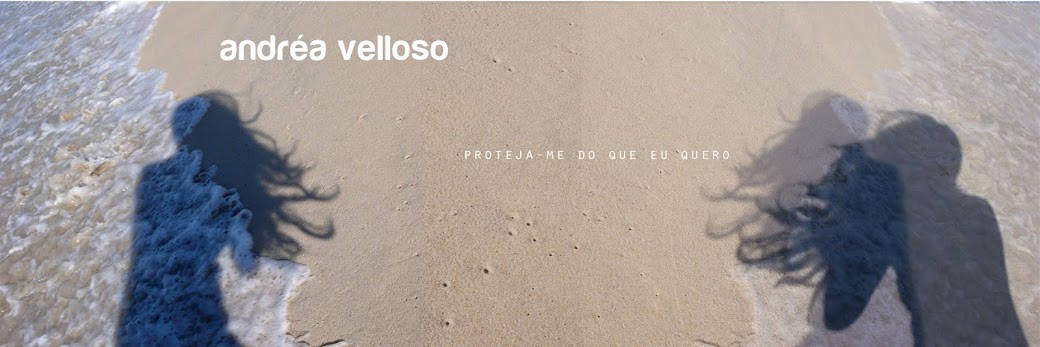Jeremy Bailey é um artista visual que trabalha principalmente na mídia eletrônica. Ele costuma ser descrito como um revolucionário no modo como usa o vídeo, computadores e seu corpo para criar arte. Seus vídeos e performances foram apresentados em numerosas exposições e festivais internacionais. Ele também é co-fundador e artista participante em 640480, um premiado colectivo de artistas de escultura e vídeo. Jeremy fez seu mestrado em vídeo-arte na Universidade de Syracuse, em 2006. vale a pena visitar seu site: www.jeremybailey.net . O aspecto mais interessante de suas obras é a maneira como ele usa uma espécie de linguagem "Youtube" diretamente dirigida ao público, num mix de vídeo-arte, e demonstração técnica e ilusionismo.
Sendo um nativo de Toronto, sua obra está bem fundamentada em uma filosofia McLuhanian ("meios de comunicaçao como extensões do homem",o título de uma de suas obras, o conceito de "Aldeia Global" etc) de tecnologias de comunicação como extensões de nossas funções sensoriais e comunicativas, e isto é particularmente evidente em seus últimos trabalhos lidando com a visão de computador e tecnologia aumentada. Ele conta diretamente para Mattia Casalegno: Quando eu fiz esses trabalhos, colocando vídeos online era uma idéia nova, em vídeo digital de fato era uma idéia nova! Houve alguma ansiedade sobre isso, que o trabalho seria diferente se ele fosse visto em uma tela pequena, ou uma tela de computador, ou em uma sala de estar, em vez de uma galeria....o que é engraçado para mim, sobre as pessoas que tinham ansiedade sobre isso naquele momento, é que a vídeo-arte nasceu com este pressuposto, tudo sobre vídeo-arte tem início deste pressuposto embutido no trabalho. E aí, como transigir a decepção, o medo, a ansiedade, a intenção incontrolável, o privilégio do leitor, a confusão, a complexidade? Todos os temas tornam-se centrais para mim depois de eu ter feito esse trabalho. (continua em inglês)
Mattia Casalegno: And with a visual language resembling the first body performance of the '70s, in Strongest Man(2003), you try to hold a camera at arms length for as much time as you can...Jeremy Bailey: This is an early example of me trying to make obvious the mechanics of a narcissistic circuit between the recording device and the performer. This work was veryspecifically made in reference to an 1970s performance for the camera aesthetic. There's an essay by Rosalind Krauss that I often refer to from the '70s, called The Aesthetics of Narcissism , that describes this circuit really well. I was really interested at this time in disabling my white male identity/ego. The camera itself, the thing necessary for me to show you how strong I am, how much of a man I am, is the very thing that disables that identity. The little joke here is, of course, that in the 1970s this type of camera would have been huge and heavy and impossible to hold up but when this video was made cameras were quite small (someone told me once that such a video exists from that era, but I have never seen it). Ultimately, this piece is the first key to understanding the way I feel about technology, which is this thing that augments bodies and identities while simultaneously disabling them. There's a great analogy in Karl Marx's Das Capital that distinguishes between a tool and machine. To paraphrase loosely it says something to the effect that “a tool is something that you use and a machine is something that uses you.” I am very interested in this line between tool and machine. It's really a question of who is in control, and in art, control is a pretty big topic of conversation.
Mattia Casalegno: The idea of technology as an "extension" of the body—but also as something that inhibit the sensorial—come very much from the Toronto school, McLuhan and then DeKerckhove. I can see this approach aestheticized in your augmented reality works, such as your Public Sculpture project (2009) and your Gundam Suiteproposal. What is your interest in working with augmented reality technologies?
Jeremy Bailey: Absolutely, for me this tension between liberation and restriction (tool and machine) is essential. As interfaces become more and more physical, I think it's really interesting to consider how we might change our behavior to adapt to the needs of software. Ultimately for me, augmented reality is the most literal way of describing this tension.All of my work attempts to sandwich the body between the interface and reality. This experience is always clumsy and requires me to compromise myself on behalf of the interface. I think it's not only interesting to consider how we physically adapt to these circumstances, but how we might also cognitively or even morally adapt to them. Augmented reality when applied to the body is this amazing place where the aesthetics and evolution intersect, and the authors of this new soft biology are a handful of engineers and computer programmers as flawed as the users controlled by their interfaces.
Vc pode ver a entrevista na íntegra aqui: http://www.digicult.it/digimag/article.asp?id=1880
Vc pode ver a entrevista na íntegra aqui: http://www.digicult.it/digimag/article.asp?id=1880



Nenhum comentário:
Postar um comentário